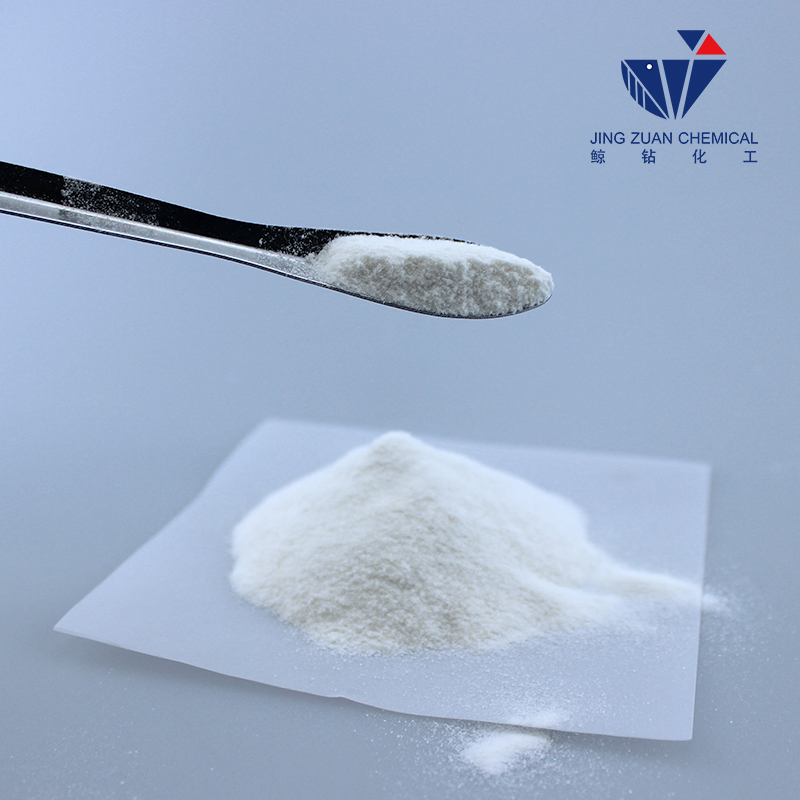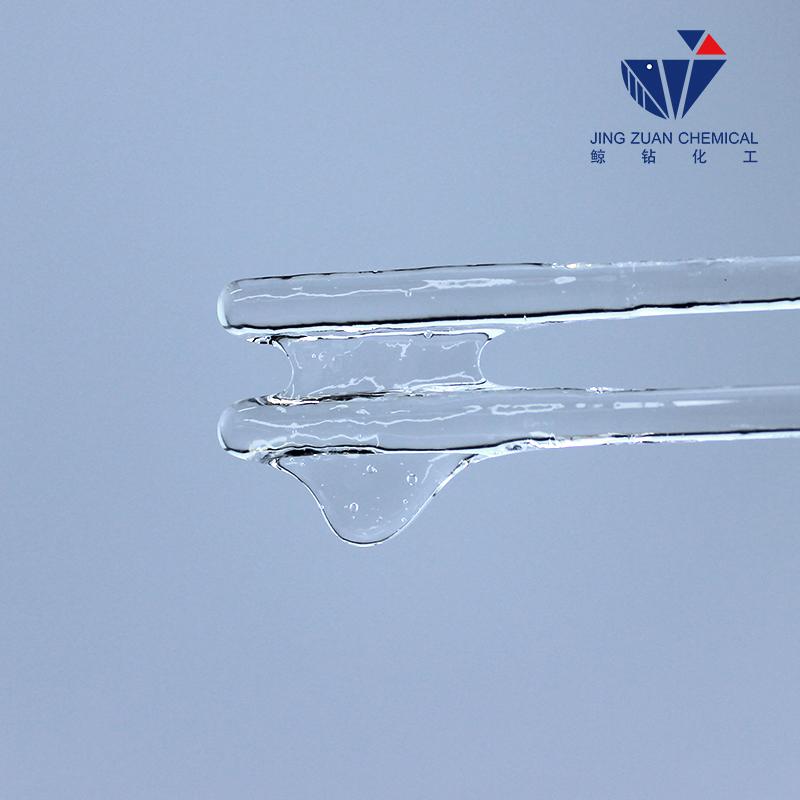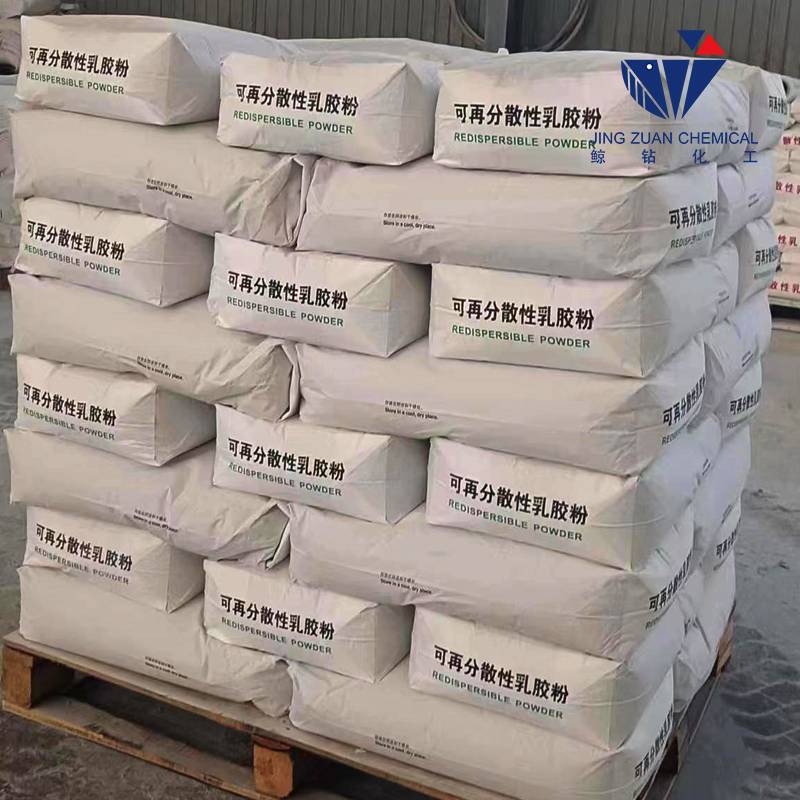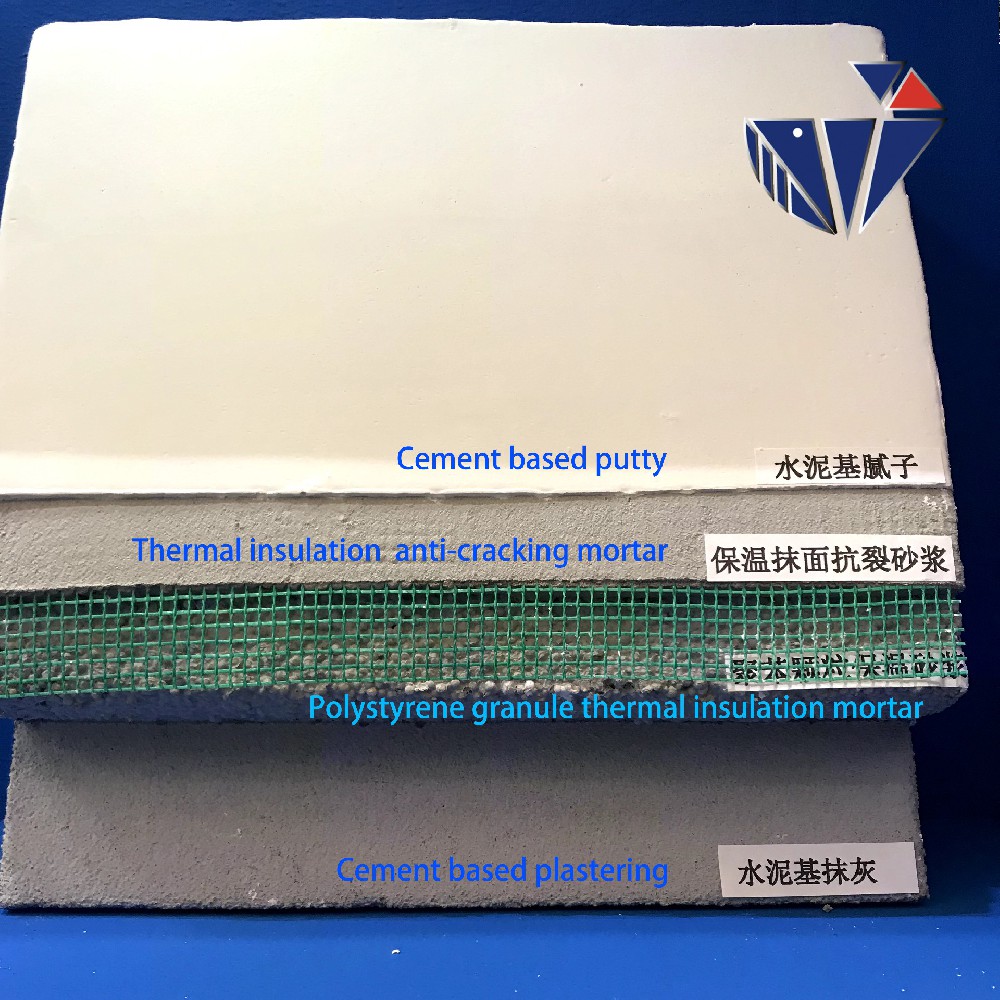
Th10 . 31, 2024 01:49 Back to list
methylhydroxyethyl cellulose
Methyl Hydroxyethyl Cellulose An Overview and Applications
Methyl hydroxyethyl cellulose (MHEC) is a cellulose-derived polymer that has gained significant attention in various industries due to its unique properties and versatility. MHEC is a non-ionic, water-soluble thickening agent, derived from cellulose through a series of chemical reactions involving the substitution of hydroxyl groups with methyl and hydroxyethyl groups. This modification not only enhances its solubility but also improves its ability to form gels and films, making it invaluable in numerous applications.
Methyl Hydroxyethyl Cellulose An Overview and Applications
In the food industry, MHEC serves multiple roles, including as a thickener, stabilizer, and emulsifier. Its ability to retain moisture is particularly beneficial in processed foods, helping to maintain texture and prolong shelf life. MHEC is often used in sauces, dressings, and dairy products, contributing to a pleasant mouthfeel without adding excessive calories. Additionally, its compatibility with various ingredients makes it a popular choice for formulating gluten-free products, providing the necessary structure and texture that is often lacking in such alternatives.
methylhydroxyethyl cellulose
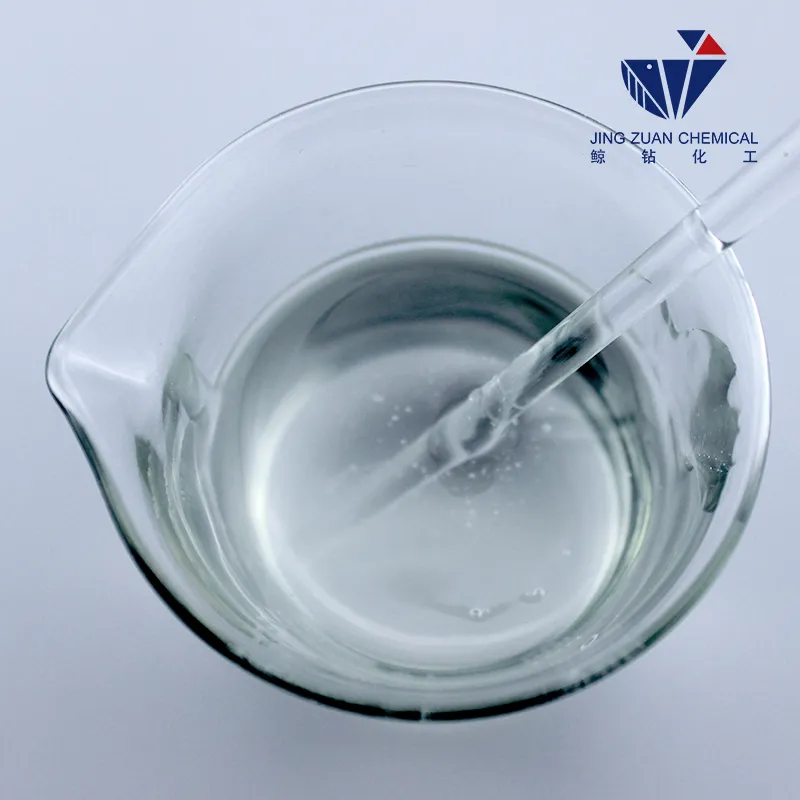
The pharmaceutical and cosmetic industries also utilize MHEC for its thickening and film-forming properties. In pharmaceuticals, it is employed as a binder, stabilizer, and controlled-release agent in tablet formulations and gels. Its biocompatibility and non-toxic nature make it an ideal candidate for various applications, including oral and topical formulations. In cosmetics, MHEC is used in lotions, creams, and shampoos to enhance viscosity, improve texture, and stabilize emulsions, resulting in a more appealing product.
Moreover, MHEC is gaining traction in the field of personal health products and hygiene. Its ability to form a protective barrier makes it useful in various applications, such as wound dressings and creams for sensitive skin. The gentle nature of MHEC ensures minimal irritation, making it suitable for a wide range of consumers.
Despite its myriad benefits, there are some considerations when using MHEC. Factors such as concentration, temperature, and pH can influence its performance, necessitating careful formulation to achieve the desired results. Additionally, while MHEC is generally recognized as safe, users should be aware of potential allergens and ensure compliance with relevant regulatory standards.
In conclusion, methyl hydroxyethyl cellulose stands out as a multifunctional polymer with extensive applications across various industries. Its unique properties, including water solubility, thickening capacity, and biocompatibility, make it an essential ingredient in construction materials, food products, pharmaceuticals, and personal care items. As research and development continue, the potential for MHEC will likely expand, offering even more innovative solutions for immediate and future challenges in formulation technology.
-
Versatile Hpmc Uses in Different Industries
NewsJun.19,2025
-
Redispersible Powder's Role in Enhancing Durability of Construction Products
NewsJun.19,2025
-
Hydroxyethyl Cellulose Applications Driving Green Industrial Processes
NewsJun.19,2025
-
Exploring Different Redispersible Polymer Powder
NewsJun.19,2025
-
Choosing the Right Mortar Bonding Agent
NewsJun.19,2025
-
Applications and Significance of China Hpmc in Modern Industries
NewsJun.19,2025

